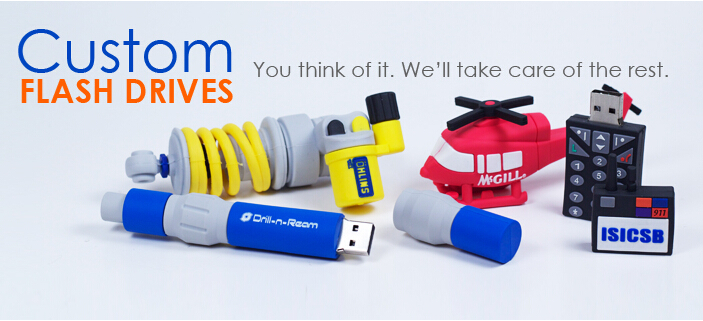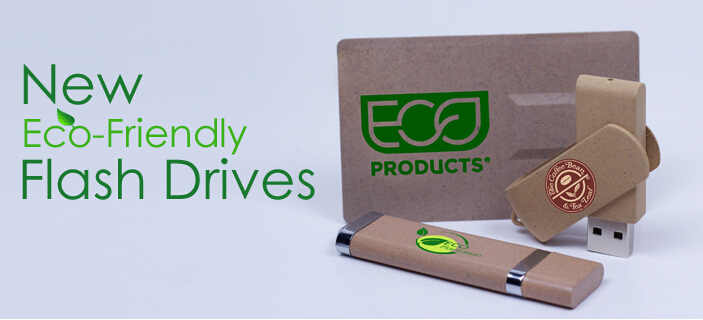NAND flash memory can be sub-divided into
3 broad categories SLC, MLC and TLC.
SLC is an abbreviation of
'Single-Level Cell':
SLC
memory stores one bit in each cell, leading to faster transfer speeds, lower
power consumption and higher cell endurance. The only disadvantage of
Single-Level Cell is the manufacturing cost per MB, meaning that the SLC flash
technology is used in high-performance memory cards where speed and reliability
are important.
MLC is an abbreviation of
'Multi-level Cell':
MLC
memory stores two bits in each cell. By storing more bits per cell, a
Multi-Level Cell memory card will achieve slower transfer speeds, higher power
consumption and lower cell endurance than a Single-Level Cell memory card. The
advantage of Multi-Level Cell memory is the lower manufacturing cost. MLC flash
technology is used mostly in standard consumer memory devices.
TLC is an abbreviation of
'Triple-level Cell':
TLC
memory stores three bits in each cell. By storing even more bits per cell, a
Triple-level Cell memory card will achieve slower transfer speeds, higher error
rates and lower cell endurance than both Multi-level Cell and Single-level Cell
memory cards. The advantages of Triple-level Cell memory are that the memory
chip will be physically smaller than SLC and MLC chips for a given memory
capacity, it requires less power to operate than MLC memory and is cheaper to
produce. TLC flash technology is used mostly in low-end memory devices where
speed and reliability are not important.
[Technical Support] What are SLC, MLC and TLC?
PRODUCTS SEARCH

Copyright © 2011 GitraTech. All Rights Reserved.




